Wednesday, November 30, 2011
Sunday, November 27, 2011
Dismantled Shredder on 1400 Playing Strength
Thursday, November 24, 2011
Stappenmethode (or how to get free training material)
The coolest thing is, that this 5-step method was implemented as a software training program, namely, the TASC Chess Tutorial 2, and this CD is being given away for free by chesshouse.com. One must only pay the shipping, and this is how I obtained my version of the software. Yet again, the price is right! $3 shipping and a program that can take you from novice to 1800 ELO? Wow! Nicht schlecht Herr Specht! Now, it's just time to put in the "blood pouring from the brain" hard work.
Wednesday, November 23, 2011
IQ and Chess Strength
So assuming that I have a dead even average IQ of 100, I could expect to attain roughly a 2200 ELO rating in Chess with dedicated training. This sounds about right, as I have read in many places, and from many authors, that this level is attaintable with hard work and practice alone and requires, "no special, predisposed chess intelligence".
Best of Free Chess
Tuesday, November 22, 2011
Thursday, November 17, 2011
Optimally Spaced Repetition Learning
By defining a set of of question/answer type tactics problems along with an algorithm that models human memory, a more effective and optimal approach to learning the problem sets and retaining the content can be acheived.
I would like to use the SuperMemo-2 algorithm along with a proven and solved set of tactics problems and I would implement it in Java using Chesspresso.
This shall prove to be in interesting experiment in learning ;-).
Base Line Goal
The very initial stage we call conditionally our 'base line'. The aim at this stage is to acquire a playing skill of approximately 2200 ELO. At this stage a chess player must have a successfully tested opening repertoire which includes 2 openings as White and 2 openings with the black pieces. The chess player must master tactics (60-70 per cent of a success rate solving problems of an intermediate difficulty), acquire a firm knowledge of the basics of chess strategy, ie. How a position's evaluation is developed and what are its components, familiarize with about 15-25 common plans from the chess classic examples, know typical chess endings: evaluation, plan of play and standard tactical methods for approximately 250 endgame positions. It is necessary to acquire the skills of working with a computer and with chess software.
Now, the plan is to develop a training schedule for reaching this "base line" goal. More to follow.
